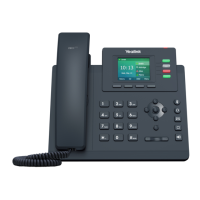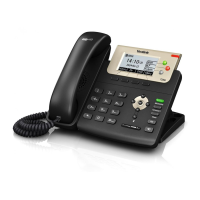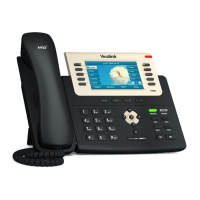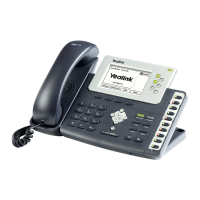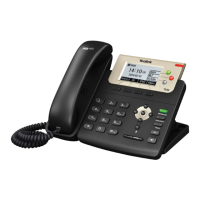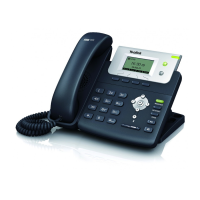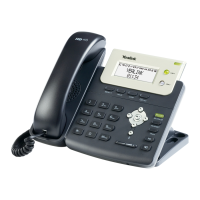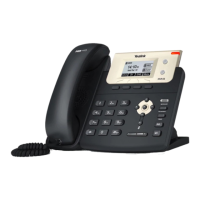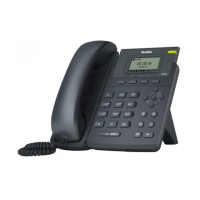Administrator’s Guide for SIP-T2xP and SIP-T19P IP Phones
22
distinguish the comments.
In order to get your IP phones running, you must perform basic network setup, such as IP
address and subnet mask configuration. This section describes how to configure basic
network parameters for IP phones.
Note
DHCP (Dynamic Host Configuration Protocol) is a network protocol used to dynamically
allocate network parameters to network hosts. The automatic allocation of network
parameters to hosts eases the administrative burden of maintaining an IP network. IP
phones comply with the DHCP specifications documented in RFC 2131. If using DHCP, IP
phones connected to the network become operational without having to be manually
assigned IP addresses and additional network parameters. Static DNS address(es) can
be configured and used when DHCP is enabled.
DHCP Option
DHCP provides a framework for passing information to TCP/IP network devices. Network
and other control information are carried in tagged data items that are stored in the
options field of the DHCP message. The data items themselves are also called options.
DHCP can be initiated by simply connecting the IP phone with the network. IP phones
broadcast DISCOVER messages to request the network information carried in DHCP
options, and the DHCP server responds with specific values in corresponding options.
The following table lists common DHCP options supported by IP phones.
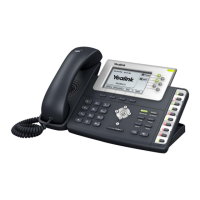
